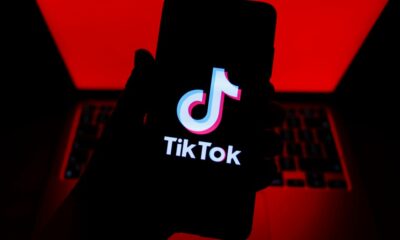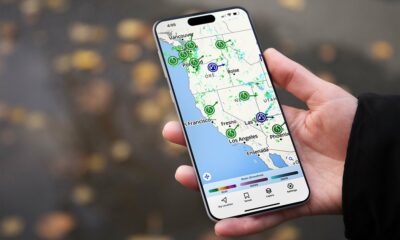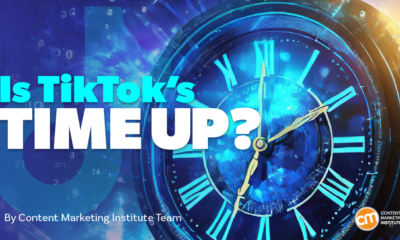SOCIAL
Is TikTok Too Ephemeral to Track?

With over 1 billion users — and 105 million in North America alone — Tiktok is a centerpiece of cross-generational conversations, pop culture references, and daily use.
From a top-level view, it’s no wonder our dopamine-driven brains have registered accounts in droves. But if our primal drivers were the only explanation, TikTok wouldn’t have risen to the ranks. From 2018 to 2020, TikTok’s user base has grown by 800%. Its “it factor” shown in a 2021 Nielson study – a unique ability to inspire belonging, community, and authenticity – is surpassing existing tech conglomerates who frankly are looking to replicate its design.
Yet these unique, core characteristics that inspire rare possibilities to share information – i.e. quick videos, shareable music, catchy hooks, and clever audio overlays – have underpinned a new problem for brands, public figures, celebrities, and influencers gaining traction: How, and by which metrics and comparatives, do you track success when the content itself is quite ephemeral?
The rise of social listening technology
Tracking social success outside of in-platform metrics isn’t a new problem, so many tech companies outside of the platforms have already tried to solve it. In part, they have.
Developments in social listening technology have helped users understand how their profile or brand first into the digital landscape – the algorithms read captions, analyze user behavior, track performance metrics, and even summarize user sentiment based all tied up in a nice bow that you can actually benefit from.
Then audio content came along.
“Audio presents a fundamentally different set of challenges for moderation than text-based communication. It’s more ephemeral and it is harder to research and action,” said Discord’s chief legal officer, Clint Smith, referring to the channel’s moderation struggle around their newest Stage Channels audio feature.
The whole tech stack of audio-based social channels – TikTok, Instagram’s Reels, Clubhouse, Discord’s Stage Channels – have just started to research tracking solutions internally, but the tools for audio content moderation are lagging far behind social listening tools for text-based conversations. A few external companies are developing speech analysis API, but at the moment, there is no streamlined approach to audio conversations online.
The problems with audio moderation
Because of this, social platforms, their users, and their tech integrations don’t have much of a tracking system at all, particularly when it comes to managing problematic commentary or harassment. In these instances, platforms will often resort to blocking users over anything, which creates its own set of accessibility issues.
For example according to Reuters, “Twitter keeps Spaces audio for 30 days or longer if there is an incident, Clubhouse says it deletes its recording if a live session ends without an immediate user report, and Discord does not record at all.”
Managing and tracking any text or image-based commentary, let alone problematic commentary online, isn’t an easy job for humans to start with. There’s a job title for this: Community Manager. But addressing problematic mentions, crisis moments, or something like adverse health events in ephemeral audio conversations? The job market is wide open.
Further, even if platforms create more monitoring parameters internally tomorrow, users and brands would still be left to their own devices to monitor their own content.
So for people, influencers, and brands wanting to moderate content and social listen on audio platforms, the problem is three-fold:
- Audio content is, by nature, more ephemeral than written content. You may be able to transcribe something, but you’ll still lack extra cues, like the visual signals of video or accompanying text comments.
- Few tech companies offer APIs to social listen to audio on new social apps such as TikTok or Discord. For the ones that do, they are still in the beta phase.
- Even if brands wanted to track audio manually, most companies lack the human power, resources, and time to do so.
Not all bad
These overall symptoms of audio content are likely to increase in impact as platforms like TikTok grow and evolve.
But it would behoove users to remember audio content’s benefits as we grapple with ephemerality and nuance – audio itself reigns superior in its ability to connect to an audience. Podcasts started just two decades ago, and now billions of people around the globe engage daily. In the U.S. alone, Insider Intelligence projects listenership to surmount to 144 billion by 2025.
Whether you’re more convinced by TikTok and other audio-based channels’ inevitable challenges or its research-backed potential, there’s a reason so many are engaging, and from this view, the bandwagon doesn’t look so bad.



















You must be logged in to post a comment Login